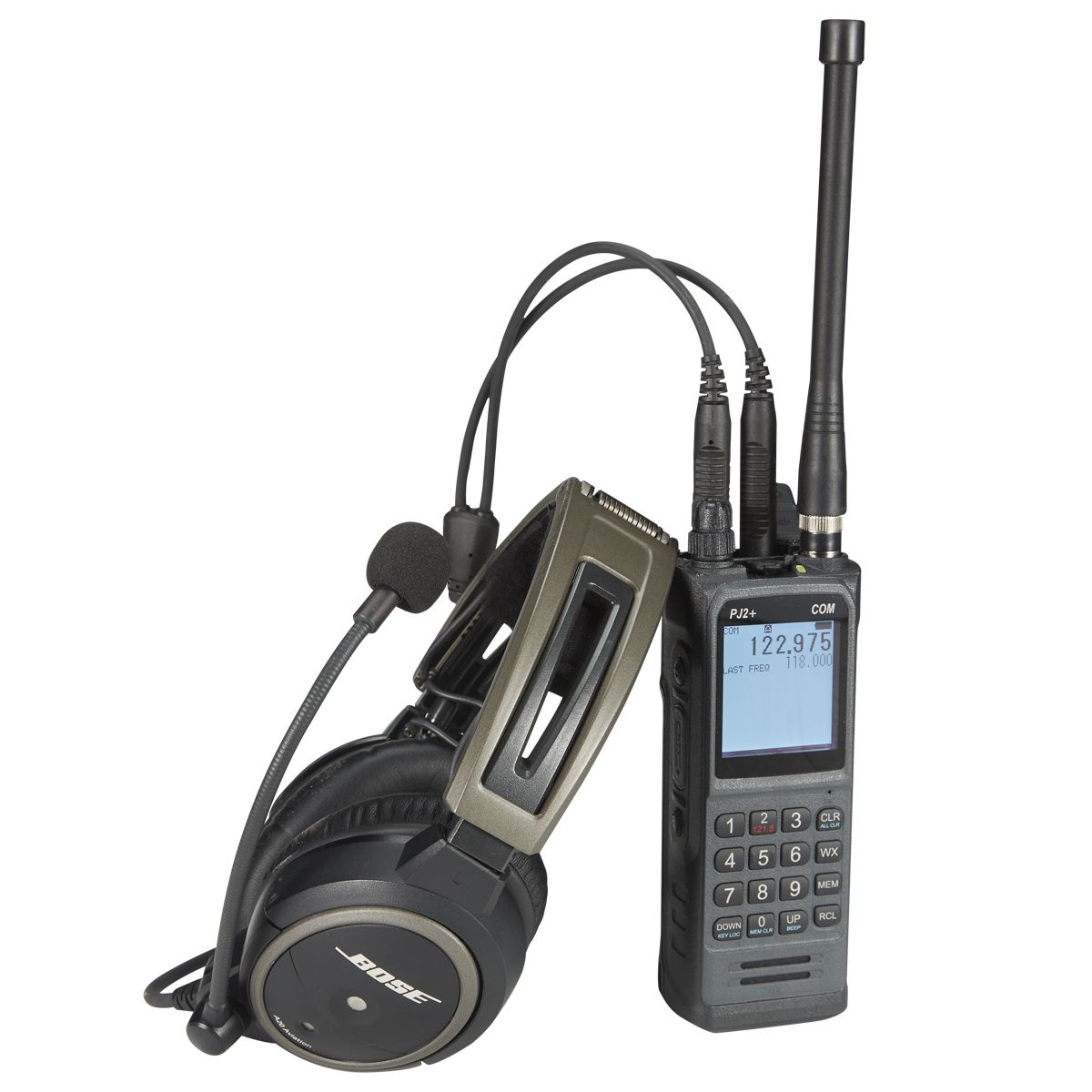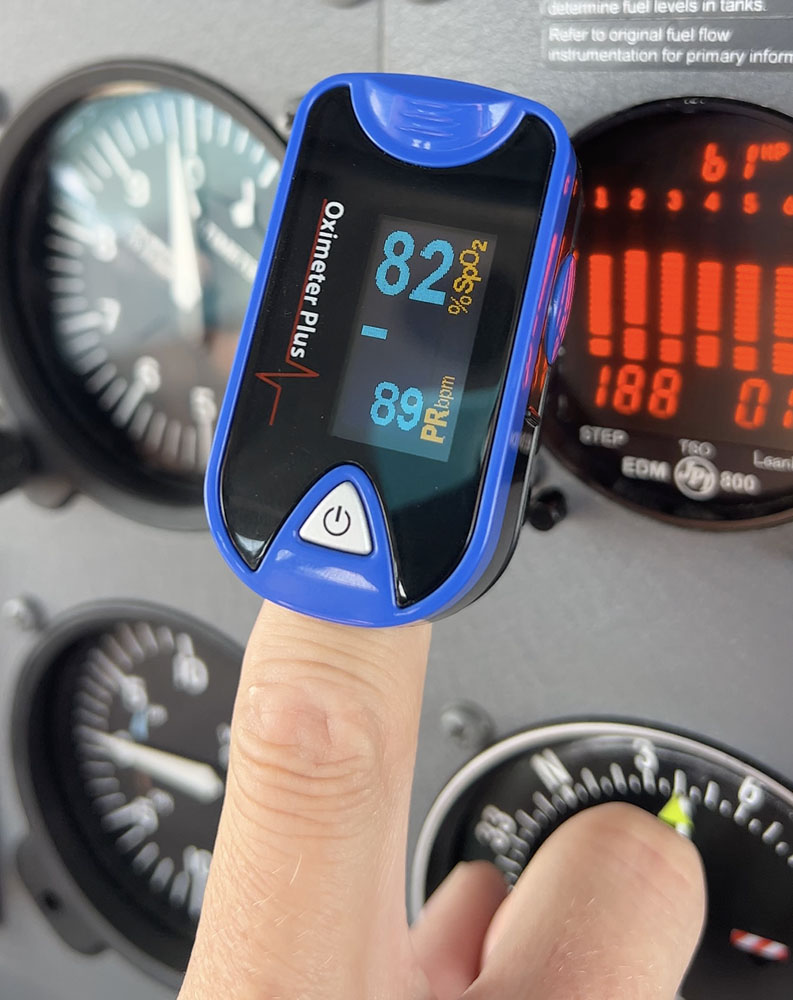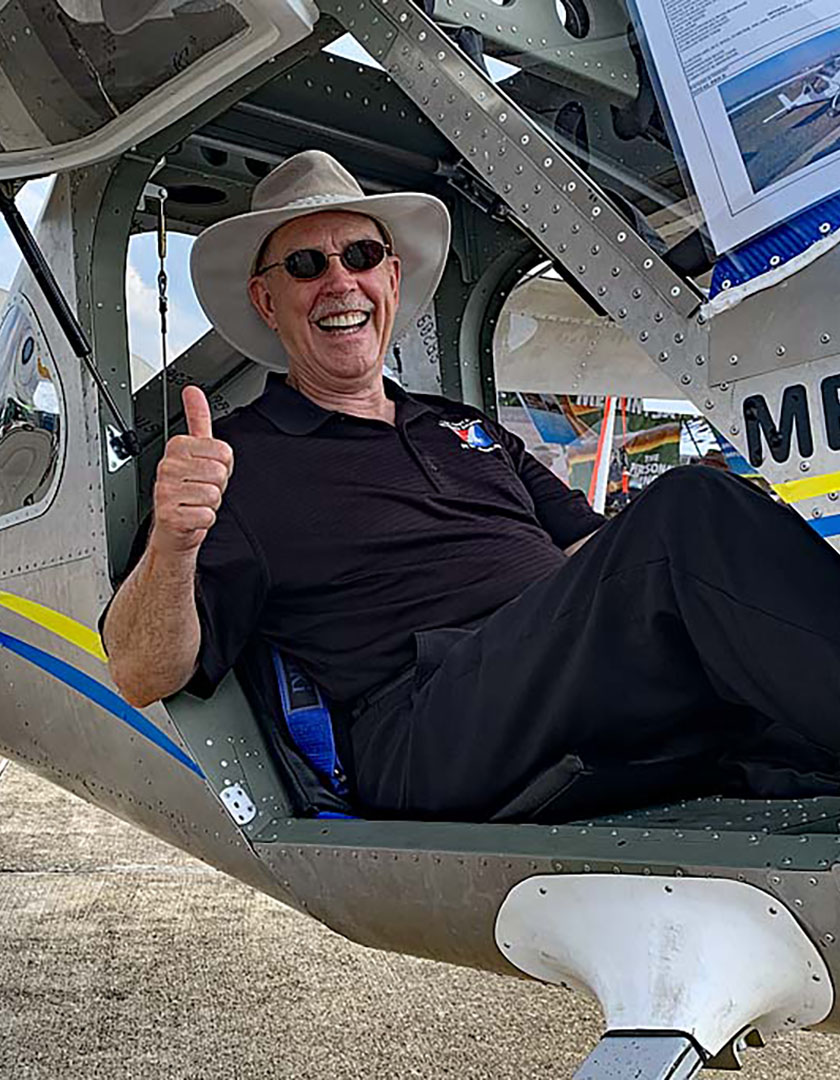A good aviation headset is an essential part of any pilot’s flight bag. While the most advanced models can cost over $1,000 they also do an incredible job of protecting your hearing and enhancing the clarity of airborne communications. With proper care, headsets can also last for 10+ years, so it’s a smart investment.
Most headsets are simple to operate (just plug it in and turn it on if it’s an active noise reduction model), but there are some habits that will extend the life of your headset and keep it operating at peak performance. Here are three to consider.
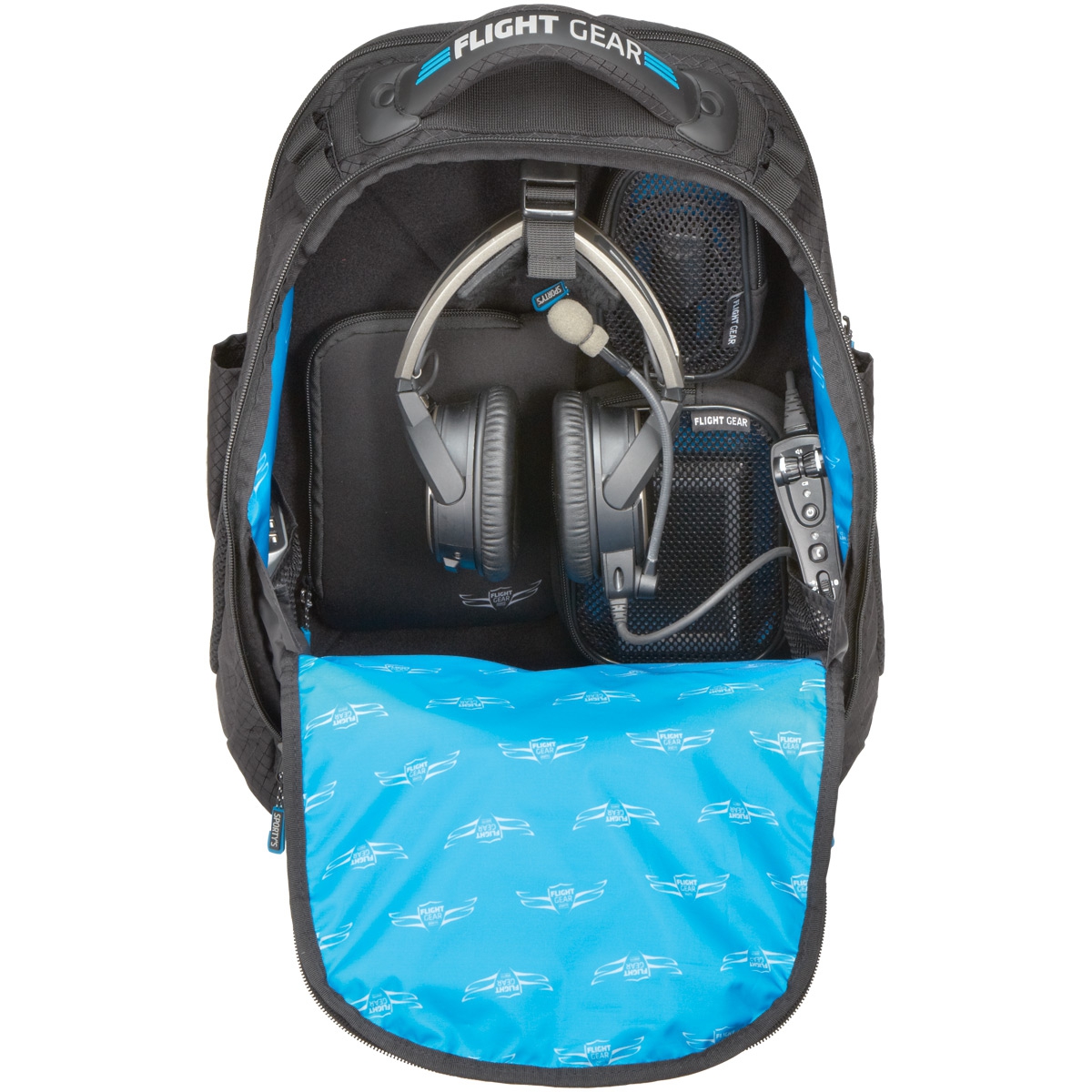 1 - Store it properly. If you leave your headset sitting in full sun in the cockpit on a hot day, you will pay the price - and not just in scorched ears! ANR headsets in particular are loaded with sophisticated electronics, so when possible, you should store your headset in a safe place that’s protected from sun, moisture, and extreme temperatures. If you’re stopping for lunch, it’s certainly acceptable to leave it in the airplane, but at least place it out of direct sun.
1 - Store it properly. If you leave your headset sitting in full sun in the cockpit on a hot day, you will pay the price - and not just in scorched ears! ANR headsets in particular are loaded with sophisticated electronics, so when possible, you should store your headset in a safe place that’s protected from sun, moisture, and extreme temperatures. If you’re stopping for lunch, it’s certainly acceptable to leave it in the airplane, but at least place it out of direct sun.
For longer term storage, or for renters who have to carry their headset to and from the airplane for each flight, a good case or flight bag is critical. Don’t just throw your expensive headset at the bottom of a tote bag and hope it survives; use the headset case (if it’s included by the manufacturer) or a flight bag with a padded headset pocket. Our favorite option is the headset hanger, found in the Tailwind Backpack and iPad Bag from Flight Gear. This suspends the headset from a strap at the top of the bag, so it won’t get beat up by dropping the bag on the ramp.
2 - Replace the wear items. Every headset has parts that wear out over time, typically the ear seals, head pad, and microphone cover. Get in the habit of replacing these items regularly - you’ll be surprised at how much new ear seals can improve the performance of your headset.
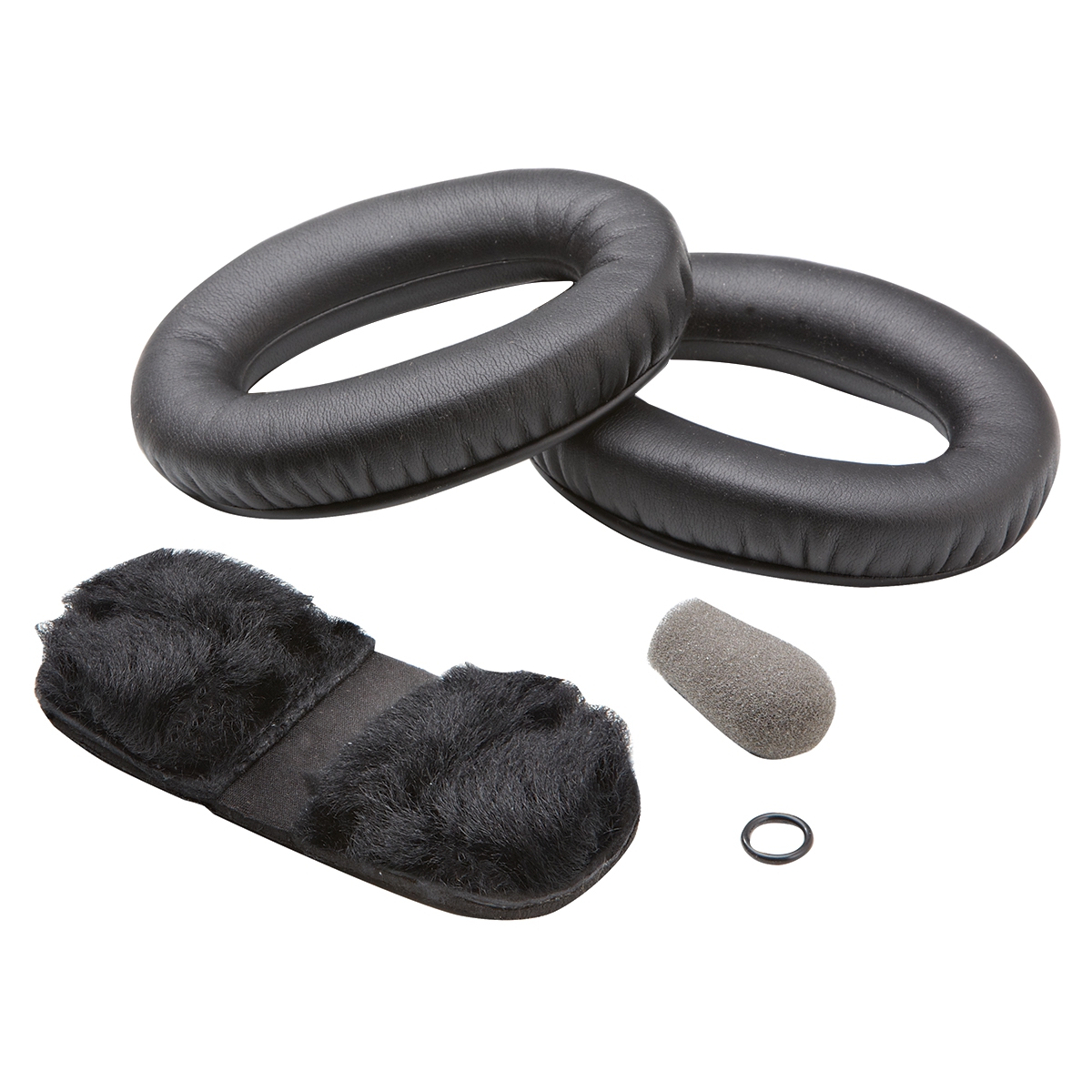 If you fly often, you might consider changing wear items every six months. For less frequent flyers, once a year or even every 18 months might be enough. When you notice the ear seals are flaking or the mic muff is torn, it’s definitely time for a new one.
If you fly often, you might consider changing wear items every six months. For less frequent flyers, once a year or even every 18 months might be enough. When you notice the ear seals are flaking or the mic muff is torn, it’s definitely time for a new one.
Fortunately, Sporty’s offers convenient headset refresher kits for most popular models like the Bose A20, Lightspeed Zulu, and David Clark H10 series. These include everything you need to update your headset, all for an affordable price. Changing these parts can be accomplished in just a few minutes, so it’s an easy upgrade.
3 - Treat the cable and plugs carefully. Besides worn out ear seals, the most common problem we see with headsets is damaged or frayed cables. These parts take a lot of abuse in the typical general aviation cockpit, but they have a very important job to do. Never pull the plugs out of the panel by tugging on the cable; use the molded parts close to the plugs. Also avoid twisting or wrapping the cables if possible, as this can increase wear and tear.
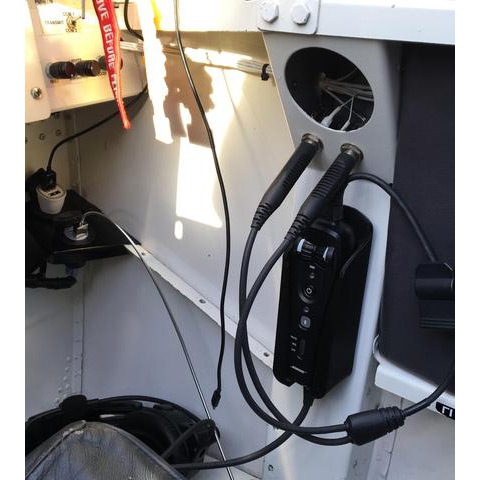 Another good habit is to use small accessories to relieve strain on the cable. Most headsets include a clothing clip, which is perfect for securing the cable to your shirt and preventing tugging or stretching of the wires. There are also custom-fit control box holders for popular ANR headsets like the Bose A20 and Lightspeed Zulu. These can be mounted to the side wall of your cockpit and offer a convenient place to store these bulkier parts of the headset cable. They are perfect for owners who want to permanently eliminate strain on the headset cable.
Another good habit is to use small accessories to relieve strain on the cable. Most headsets include a clothing clip, which is perfect for securing the cable to your shirt and preventing tugging or stretching of the wires. There are also custom-fit control box holders for popular ANR headsets like the Bose A20 and Lightspeed Zulu. These can be mounted to the side wall of your cockpit and offer a convenient place to store these bulkier parts of the headset cable. They are perfect for owners who want to permanently eliminate strain on the headset cable.
Modern aviation headsets are incredibly well made products. Manufacturers like Bose, Lightspeed, and David Clark spend years designing robust parts that can stand up to everyday use, from headbands to springs to cable strands. With a little attention to detail and a few good habits, you can expect many years of service from your headset. Your ears - and your passengers - will thank you.

